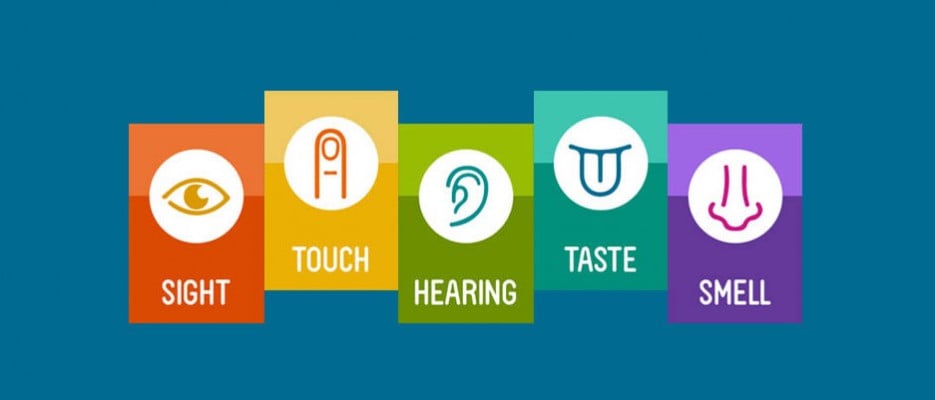Resources: The Sensory Profile

I find the Dunn Sensory Profile a useful tool in relation to explaining some behaviours and use it as a screening tool. It is simple to use and score. The class teacher has a series of boxes to tick and it can help me to decide if a referral to an OT might help.
This is an example of how it helped me unpick behaviours in one case:
I was asked to assess a ‘very naughty, disobedient’ 7-year-old with ‘disgusting habits’ (class teacher’s words). He attended a ‘nice’ school in a wealthy catchment area. Observed behaviours that in my opinion were related to sensory issues included:
- Not sitting appropriately during the plenary, i.e. sitting on his heels rather than cross legged
- Crawling round the perimeter of the room
- Licking the whiteboard and the pens which elicited a general ‘ugh!’ from other children
- Putting an eraser and other objects in his mouth
- Frequently out of his seat
Discussion with the child revealed that sitting with his legs crossed ‘hurt his feet’. Exploring this further it appeared that the soles of his feet tingled when he sat with his legs crossed and it wasn’t comfortable. He like exploring things with his mouth because it felt ‘nice’.
How The Sensory Profile was used
His sensory profile scores indicated differences from the norm in all areas; auditory, visual, movement, touch and behaviour.
This tool enabled me to explain to his teacher his need to move and touch, whilst talking with him helped me understand why he was doing some of the behaviours and the sensory problems he was experiencing. Based on results from the screening tool I suggested an OT sensory assessment. In the mean time it was suggested that:
- He sat on a chair with his feet on the ground for plenaries and assemblies. This helped.
- He was given a chew toy which stopped him chewing and licking other things.
- Movement was legitimised, initially using a timer to let him know when he could get out of his seat. He was rewarded for using the timer appropriately.
- He held some plasticine, which he didn’t like the taste of but liked to fiddle with, during plenaries and assemblies
There were lots of other issues around this child, his family was seen as different and odd so were isolated within the community, there were financial problems and his parents separated a couple of months after I saw him. He was socially clumsy and was presenting with some mild learning difficulties. His name was put on the board several times a day for misdemeanours thus reinforcing his and classmate’s notion of himself as a ‘bad’ boy. Not invited to parties, other parents encouraged their children to avoid him.
Lots of other issues to deal with but I decided to tackle the sensory issues first and The Sensory Profile helped with explaining this to the staff. It is possible to do more analysis with this tool but that is how I use it and refer on to a specialist if it looks to be needed.





Thanks, really useful summary and vignette.